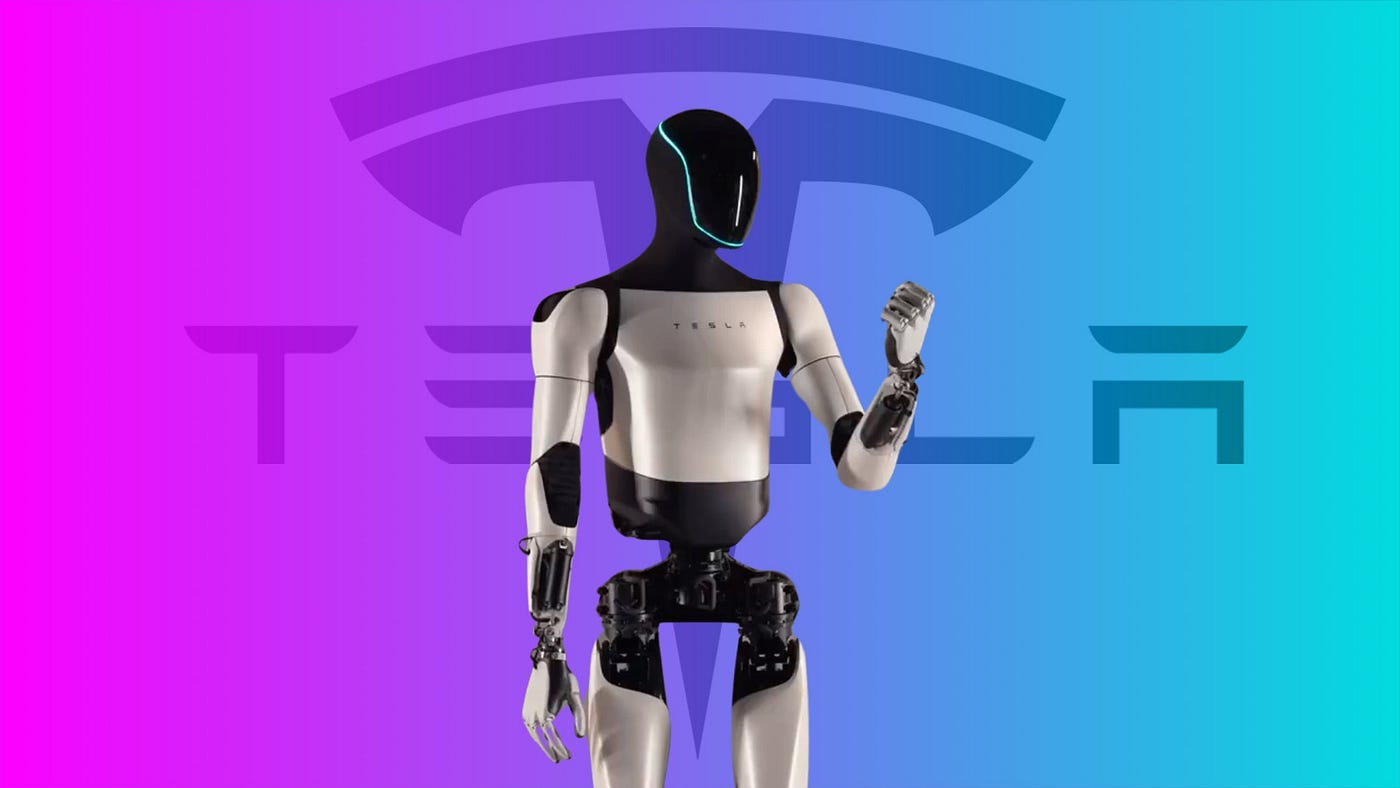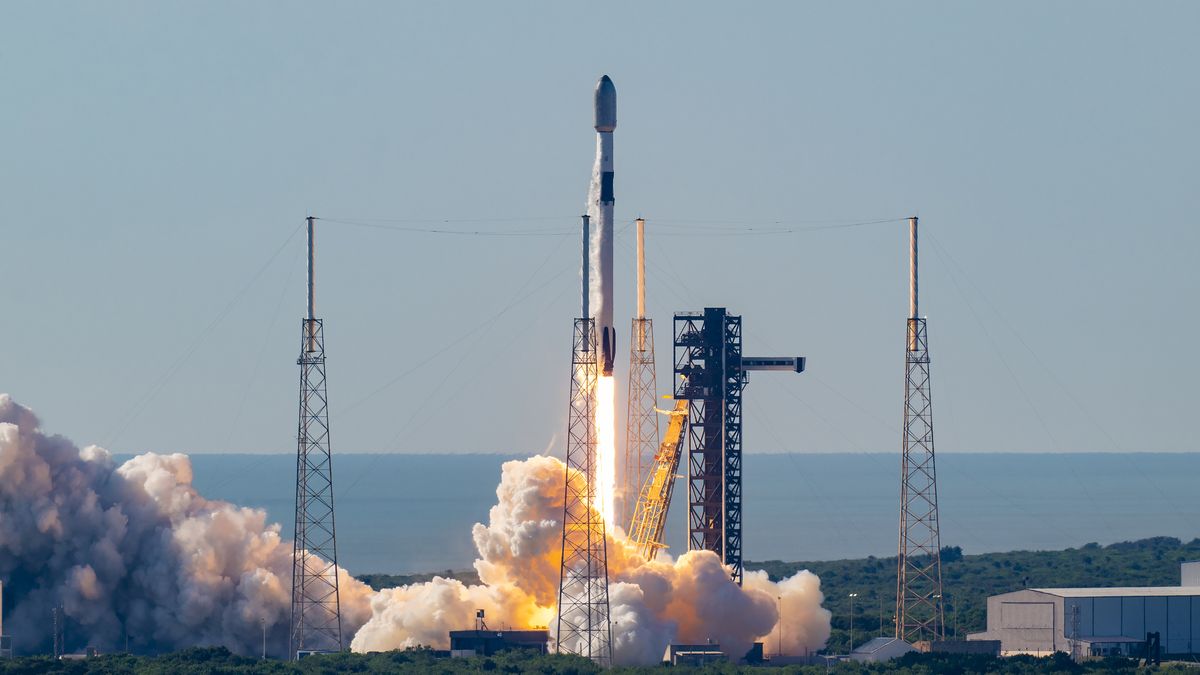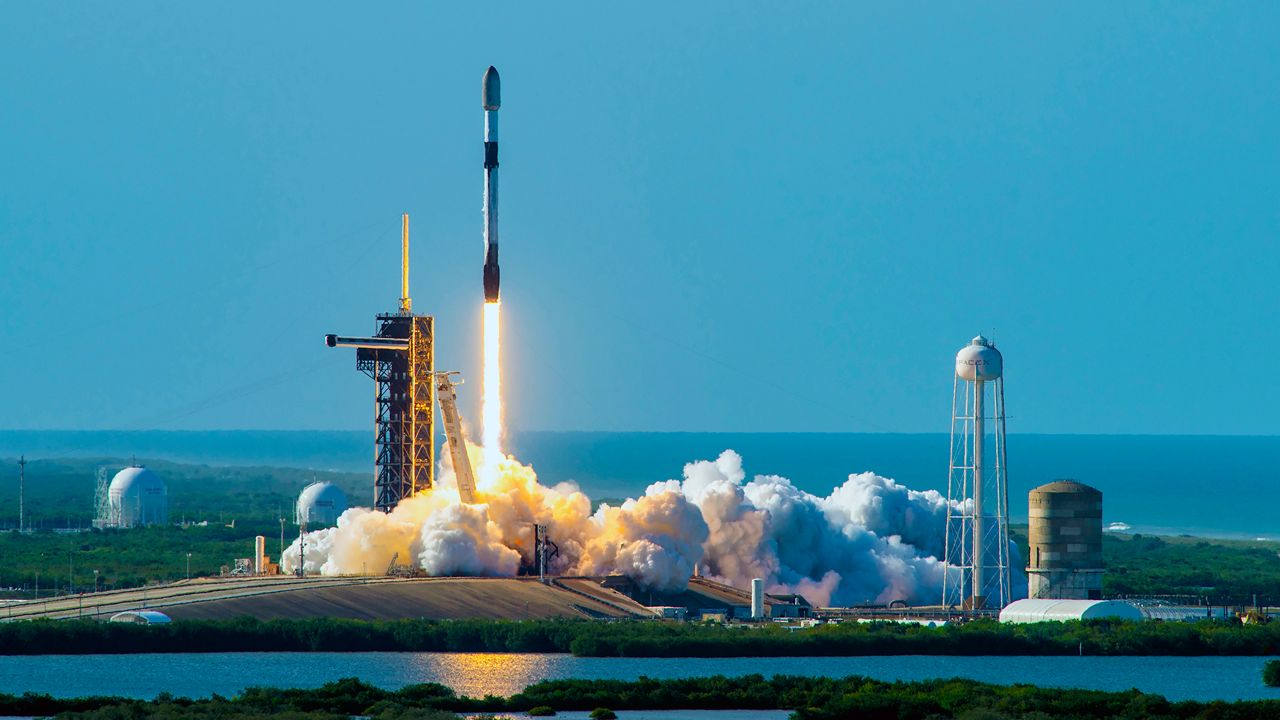Robotics stands at the forefront of innovation, promising to revolutionize various industries. One of the most anticipated advancements in this field is the Tesla Optimus, a humanoid robot designed to perform tasks traditionally carried out by humans. Unveiled by Tesla, Inc., the Optimus robot is a testament to the company’s commitment to pushing the boundaries of what’s possible. Spearheaded by Elon Musk, this project aims to introduce a new era of automation, blending cutting-edge technology with practical applications. This article delves into the intricacies of the Tesla Optimus, exploring its design, capabilities, potential applications, and the implications it holds for the future.
The Vision Behind Tesla’s Humanoid Robot
Tesla’s humanoid robotics programme is based on the assumption that this is the kind of robot capable of delivering the kinds of productivities and efficiencies that only human-like robots can offer in the future. Elon Musk envisions a time in the next several decades or so when humans can utilise robots as assistants that can take over the most mundane and repetitive tasks, leaving humans with more time for creative pursuits and other endeavours that will enhance the human condition. This is the kind of vision that inspired the development of the Tesla Optimus, which Musk imagines as an intelligent assistant that can perform a wide variety of tasks in multiple environments.
It is the long-held vision of automata-creating machines that work alongside humans. And it’s not just industry that’s on the menu: in Musk’s vision, the Tesla bot is also there for domestic use. Robots are supposed to do your housework, look after the kids, and maybe even be your friend. Tesla’s artificial intelligence division aims to programme cars, and its engineering department could see that, with small tweaks, they could bring AI not just to traffic but to domestic life. Musk’s Optimus robot is a system that is, as the definition goes, general purpose. It’ll be ready for pretty much any task you need. You could see general-purpose systems becoming the dominant mode of industry in the future – and transforming how we live, too.
Design and Engineering Excellence
The robot is clean and heavily stylised, as all well-functioning humanoids should be Tesla’s humanoid robot encapsulates many competing interests in robot design: it is aesthetically pleasing, but also efficient, approachable but powerful. The Optimus robot stands about 5 feet 8 inches, weighs 125 pounds, and possesses proportions that would seem natural in humans. This was a smart design choice, since robots that fit into our spaces are unlikely to make us uncomfortable or fill us with dread. Tesla is known for engineering that prizes simplicity and beauty of form, achieving a minimum aesthetic with functional utility.
But just below the shiny surface lies a complex network of sensors and actuators, plus an AI system devised by Tesla’s team of scientists programmed to constantly learn and adapt into a tool good for useful tasks. A combination of groundbreaking hardware and advanced software ensures the Tesla Optimus to perform a vast array of tasks with with utmost accuracy and reliability.
Capabilities and Functionalities
Its capacities are intended to replicate and eclipse those of humans. Potentialities include machine learning by which the Optimus robot can perceive and manipulate objects; it can listen to speech and command and obey; it can perform intricate procedures. Its delicate hands and limbs are agile to complete operation, including acute fabrication of fine materials and motions.
Besides, the Optimus humanoid robot is designed to work side by side with human workers in a co-operative way. For working in close proximity to humans, Tesla has equipped the robot with several advanced safety features that help it operate in harmony with human environments and reduce the risk to human workers to the bare minimum, while also boosting overall productivity. In the industry, Optimus can replace humans for physically arduous lifting tasks. It can also carry out robotic inspection, and help people with hazardous tasks, all with exceptional dexterity However, Tesla’s Optimus robot is not limited to the confines of an industrial environment or a manufacturing facility. Musk envisions it to be an asset in many other scenarios, such as helping around the household with general or specific chores by being able to perform as an additional set of hands. Optimus could also help people with household tasks, thus saving humans from strenuous, monotonous or hazardous chores.
Potential Applications Across Industries
Given what Tesla Optimus robot can do, the possibilities are enormous. There are probably a few industries it won’t be good for, but there are also many where it can improve how jobs are done. In the example of manufacturing, Optimus can replace humans in running production lines, which will make production faster, safer and more reliable. Meanwhile, in logistics, warehousing and the like, Optimus can count inventory, package items, unload trucks and much more.
In fields other than industry, the Tesla humanoid robot promises to deliver huge benefits to healthcare, agriculture and service industries, among others. In healthcare, it can help with patient care, do routine diagnostics and assist medical staff in many ways. In agriculture, with Autonomous farming growing rapidly, the Optimus robot can help plant and harvest crops and monitor their health to increase productivity and augment sustainable practices. In light of the complexities of these industries, we believe that the robust general purpose design of the Optimyi robot will enable it to tailor to each of the different sectors use cases.
Market Implications and Robot Pricing
The marriage of the Optimus robot and the Tesla robots in global economy is going to be changed as we move foward. With the raising need in automation, the Tesla humanoid robot is destined to be the prince of the robot industry. The price strategy of the Tesla humanoid robot will be one of the most important factors when we launch the product. Although the one-time investment for the Tesla robot is high, the long-term high return from the high efficiency of labor and little human cost is worth it.
Tesla’s Optimus robot, like most of its recent products, will also reflect the company’s approach to pricing leading-edge technology for mass markets. Economies of scale and improvements in manufacturing over time should ultimately lower the price of the Optimus robot. This would greatly simplify the entry of small or medium enterprises into composites manufacturing or any other process. The result would be the spread of a new era of technological innovation.
Future Prospects and Ethical Considerations
But it is easier to see the shape that humanoid robotics might take once people start buying models like the Tesla Optimus and integrating them into their lives. There can be little doubt that, as robots do take off in this manner, there will be profound changes in how all of us work, play and generally structure our lives. Significant ethical questions will need to be answered.
Integrating Elon Musk robots into daily life also raises important questions: how to address job displacement; how to respect privacy; and, crucially, how to treat robots with kindness and decency. While the Optimus robot will not, by itself, make human life more kind, more efficient or more rewarding, it could do so, say, when we have policies and other frameworks in place to make robot adoption responsible and equitable. Policymakers, industry leaders and societies at large can all play a role in helping to navigate these concerns, so that the rise of humanoid robots feels safe, rewarding and responsible, all at once.
Conclusion
The Tesla Optimus humanoid robot represents a significant leap forward in the field of robotics, embodying the vision and innovation that Tesla is known for. As this groundbreaking technology continues to evolve, it promises to revolutionize numerous industries, enhancing productivity and transforming the way we live and work. While the journey towards widespread adoption will be filled with challenges and ethical considerations, the potential benefits of Tesla’s humanoid robot are immense. By embracing this new era of automation, we can look forward to a future where robots and humans work side by side, creating a more efficient, innovative, and prosperous world.




